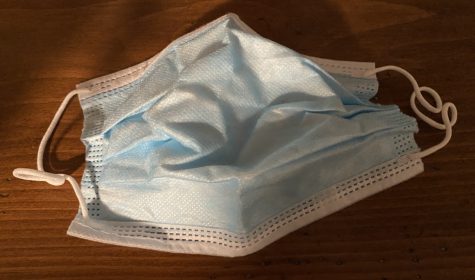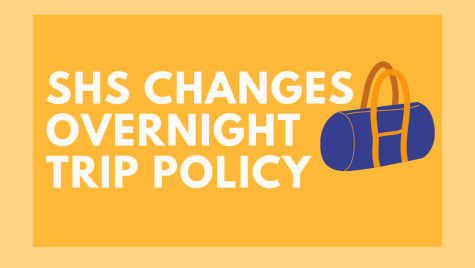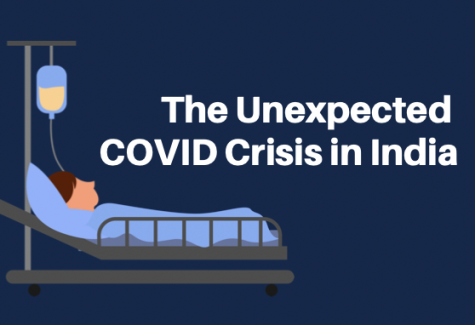Open-Campus Policy, School Lunches, and Full Days: Everything You Need to Know About SHS’ Increased In-Person Time
Students will attend two full in-person days starting March 8th.
For almost a year, Scarsdale High School has experimented with various schedules, techniques, and platforms for learning. From cross-cohort live streaming to half-days, Zoom classes to a full virtual model, the administration, teachers, parents, and students have learned a lot about what does and doesn’t work in our pandemic environment. For the majority of this school year, families and faculty alike have eagerly awaited the moment where our school lives begin to resemble what they were before March of 2020. With the safety concerns and unknowns this virus has presented, normalcy has seemed impossible. However, as restrictions ease, cases begin to trend downward, and with vaccinations underway and the research these last few months have brought us, this not-so-distant past is readily becoming reality.
An email addressed to the Scarsdale High School community by Principal Kenneth Bonamo on Tuesday, February 9th, notified parents, students, and teachers of the increased in-person instruction beginning on Monday, March 8th. Students, except those who are all virtual, will attend two full in-person days a week on the days their cohorts normally meet. Those who are all virtual will continue to live stream into their classes via Zoom. The email goes on to provide more details on how the school will implement this plan, ensuring the community that safety will be of the utmost importance as we go forward.
Principal Bonamo’s email outlines many new changes that will be made following the increased in-person instruction, such as the reestablishment of the open-campus policy, in which students can leave the high school campus during their free and lunch periods. “I always liked the ability, when I had a bunch of frees in a row, to get off campus and do something,” said Sam Kefer ’21, who is looking forward to the return of this policy. In addition, the email states that “Wednesdays will retain their current structure”, with teacher meetings taking place in the morning and student-teacher conferences and extra help sessions taking place in the afternoon. “[Wednesdays] give students a chance to interact with their peers that they may not see in school,” said Jasper Dorr ’24. “I use my Wednesdays to catch up on a lot of work … for doctors appointments … to meet with teachers,” remarked Kefer, who is appreciative that Wednesdays are maintaining their current schedules.
Lunch and cross-cohort streaming were also main points of discussion in Tuesday’s email. Classes in the afternoon will take advantage of cross-cohort streaming in order to emulate typical afternoon Zoom classes in the hybrid model. “Now that [students] are in the building more often, I might cross-cohort a little bit less,” said SHS English teacher Jennifer Rosenzweig. “But I have to see what it feels like once everyone is in the classroom,” she added, reminding us of the importance of flexibility and understanding in this ever-changing environment. As for lunch, the cafeteria will be serving food and setting up multiple seating areas around the building, including the cafeteria, the auditorium, the Learning Commons, and the iLab. In addition, the school will allow students to eat outside to accommodate those who are not comfortable eating indoors with other students. Other safety protocols will be put in place, including polycarbonate shields “to reduce the spread of aerosols while students are eating” and a mandatory Google form “so that contact tracing can be performed if needed according to current guidelines.” While in-school lunch may make some people understandably concerned, “If they [the administration] didn’t think it was safe, they wouldn’t do it,” commented Dorr. More information regarding the increased in-person time will come after February break, concluded Bonamo.
While many are in support of this new plan, it still poses some potential drawbacks. “I do believe there will be a growing disconnect between the kids that are virtual and the kids in the building,” said Rosenzweig. “I know that all the other teachers put a tremendous amount of time into modifying their lessons and now to have to do that all over again- that’s hard,” she remarked. However, both teachers and students believe that the benefits of these full days far outweigh the downsides. “The mental health of our students has really been a top priority; social isolation has been a big concern for our students,” said Rosenzweig. Dorr echoed this concern and added, “I certainly think this is a step in the right direction.”












